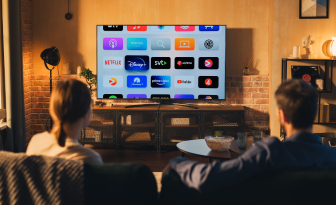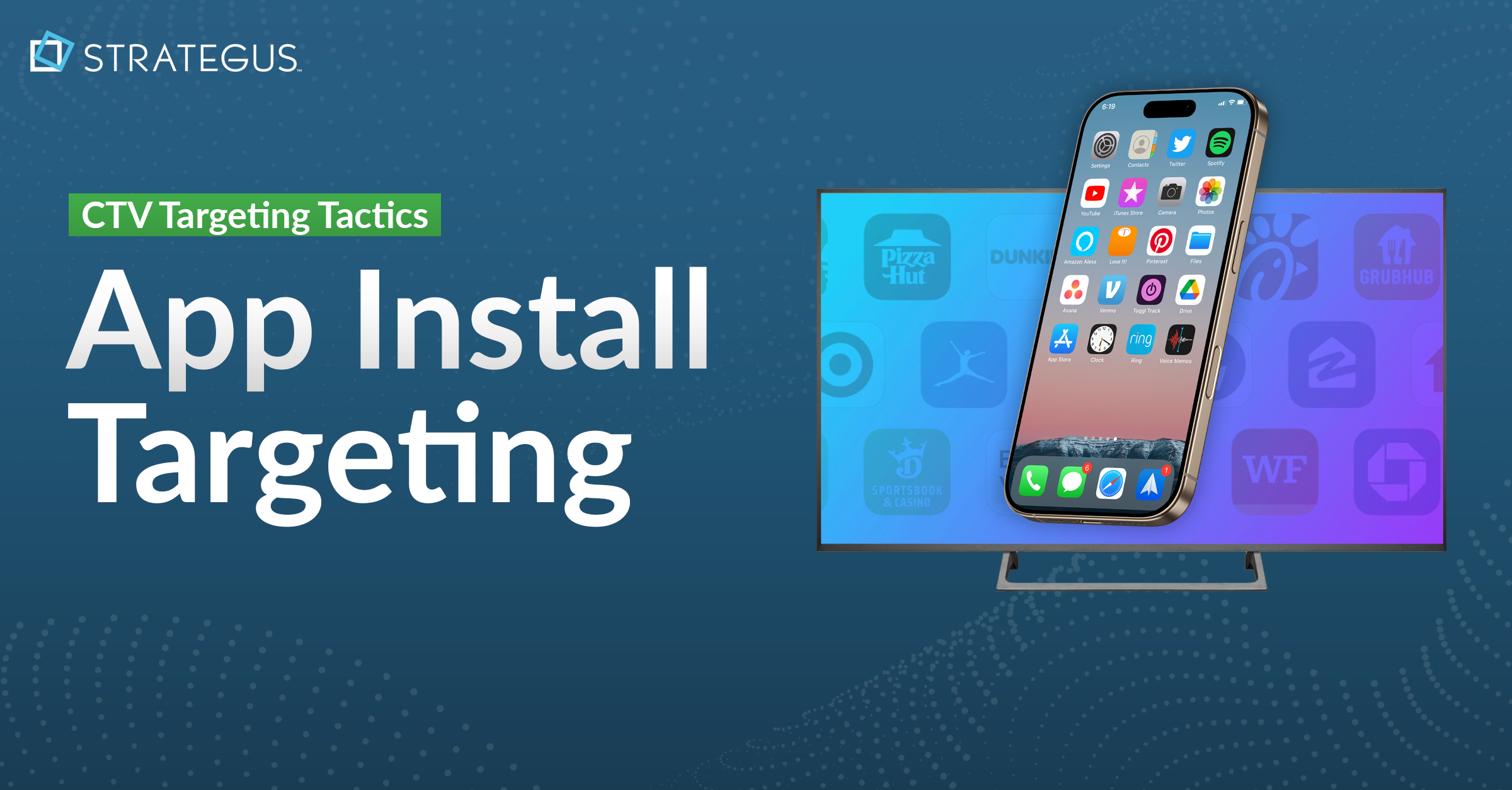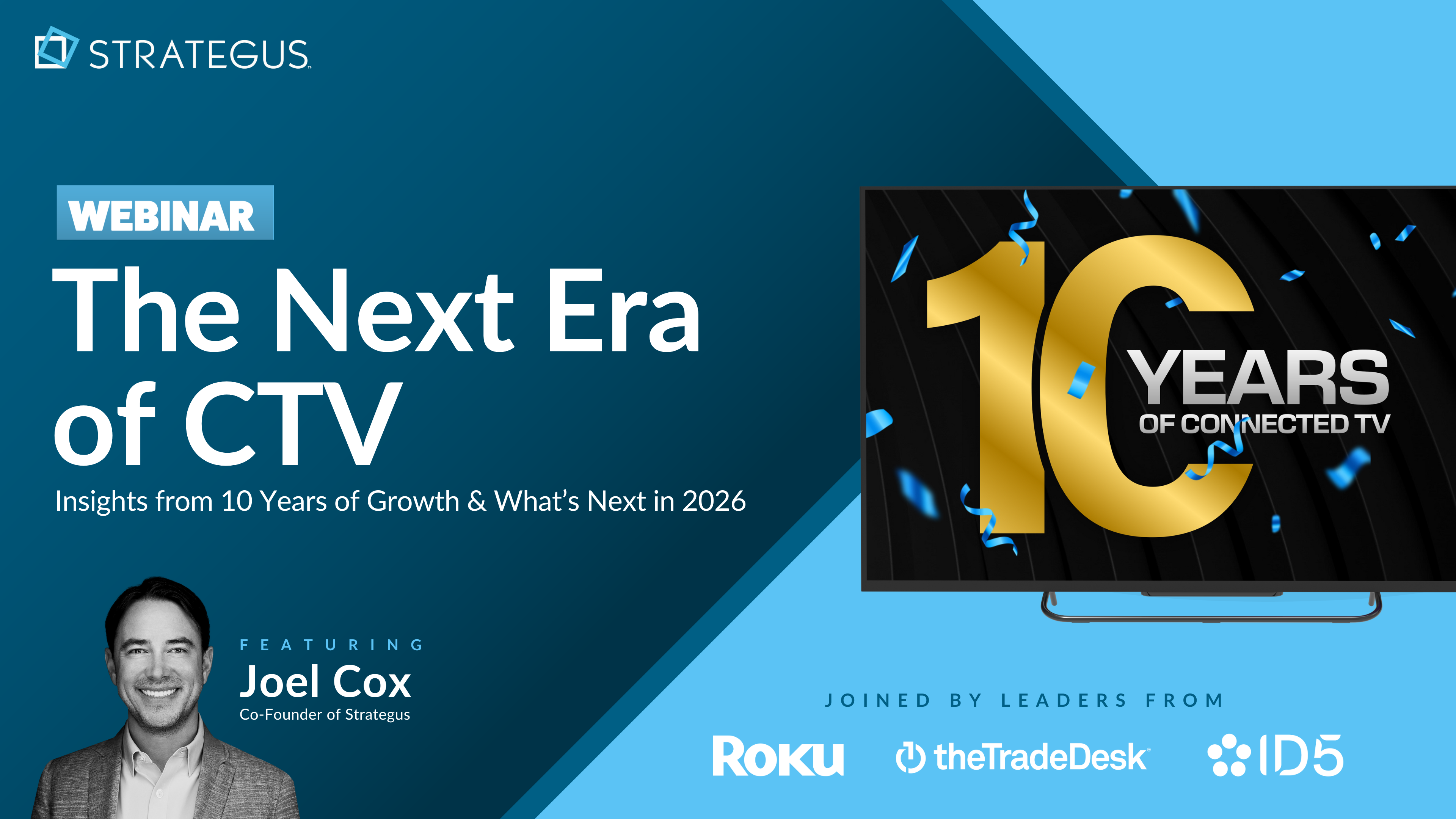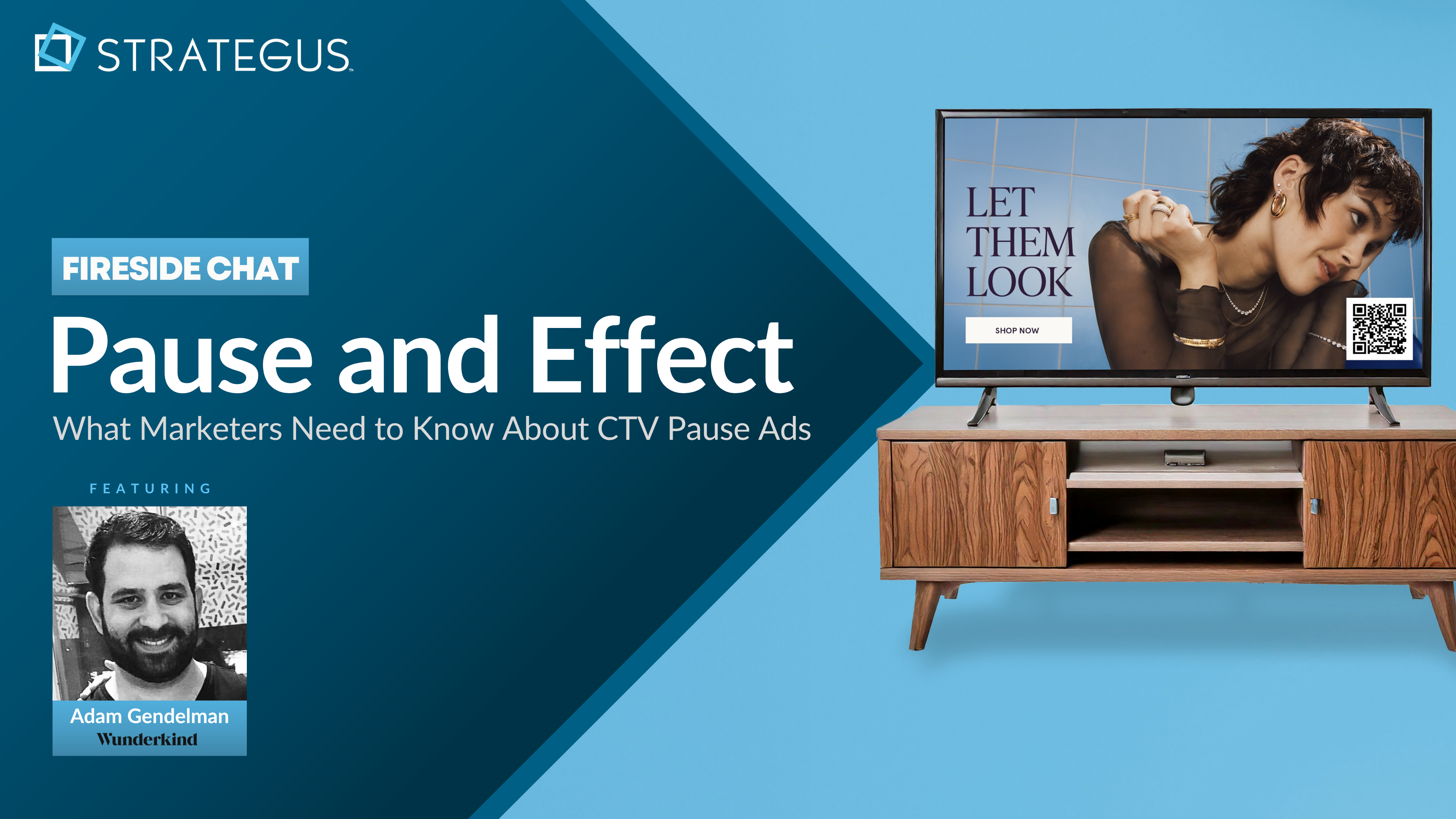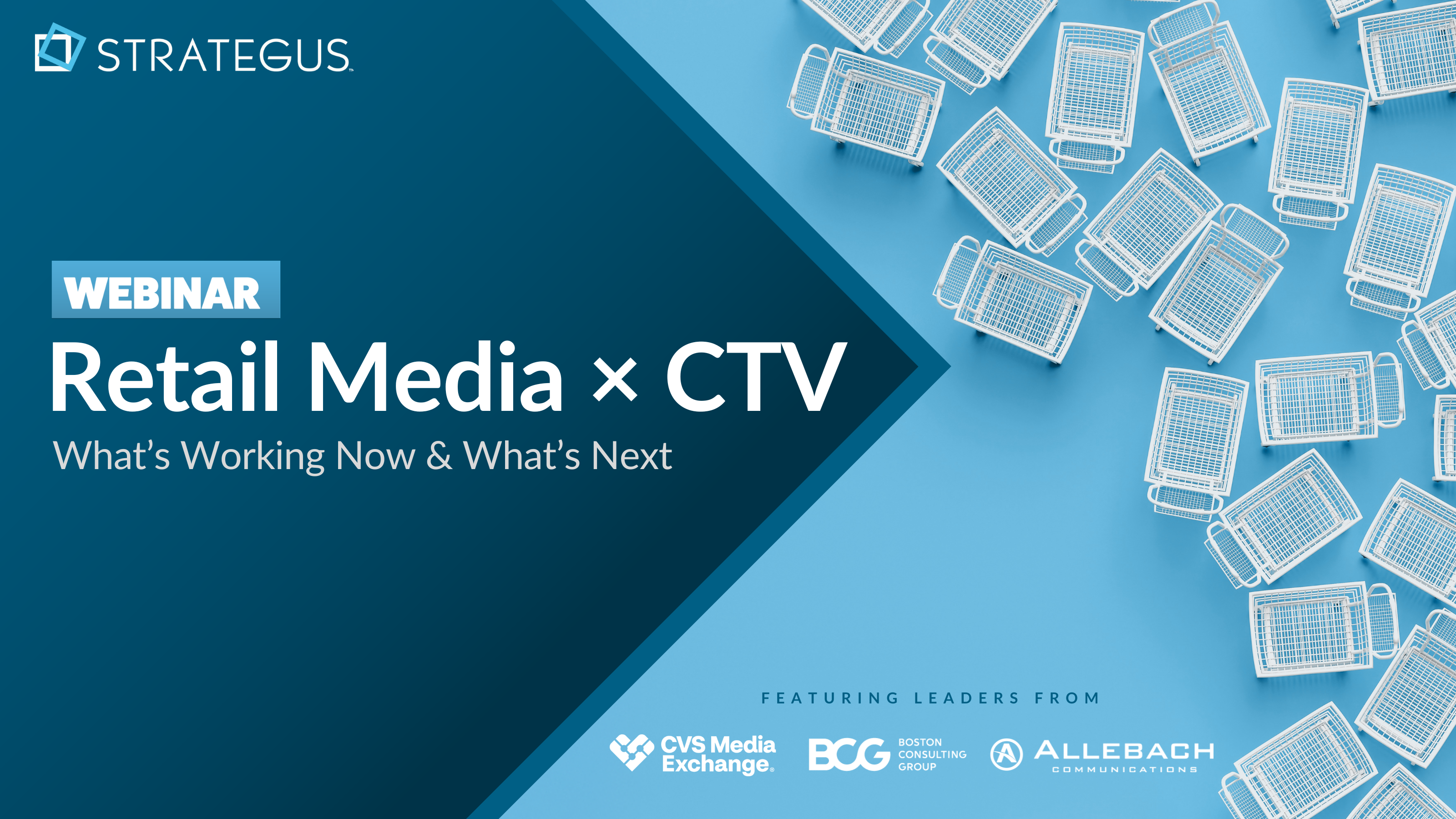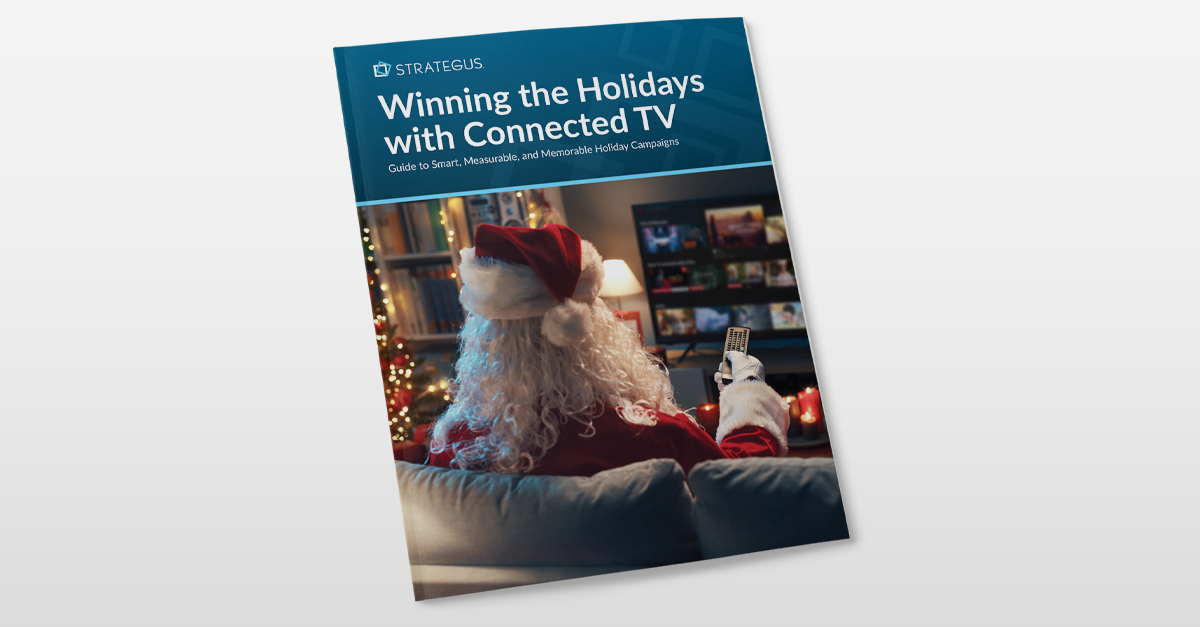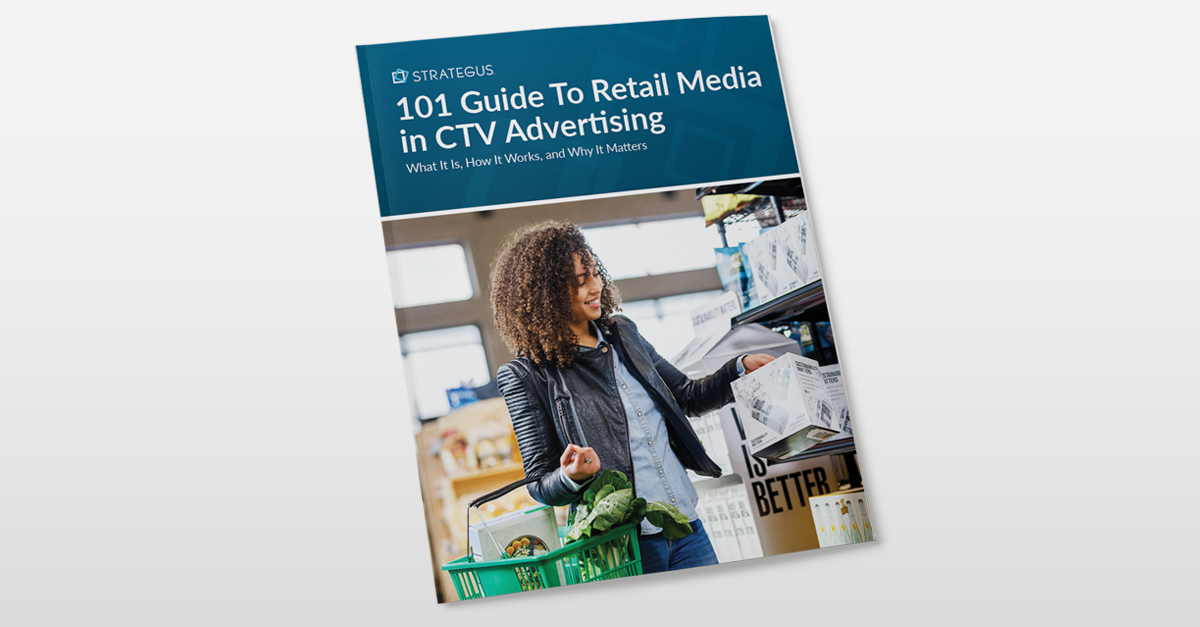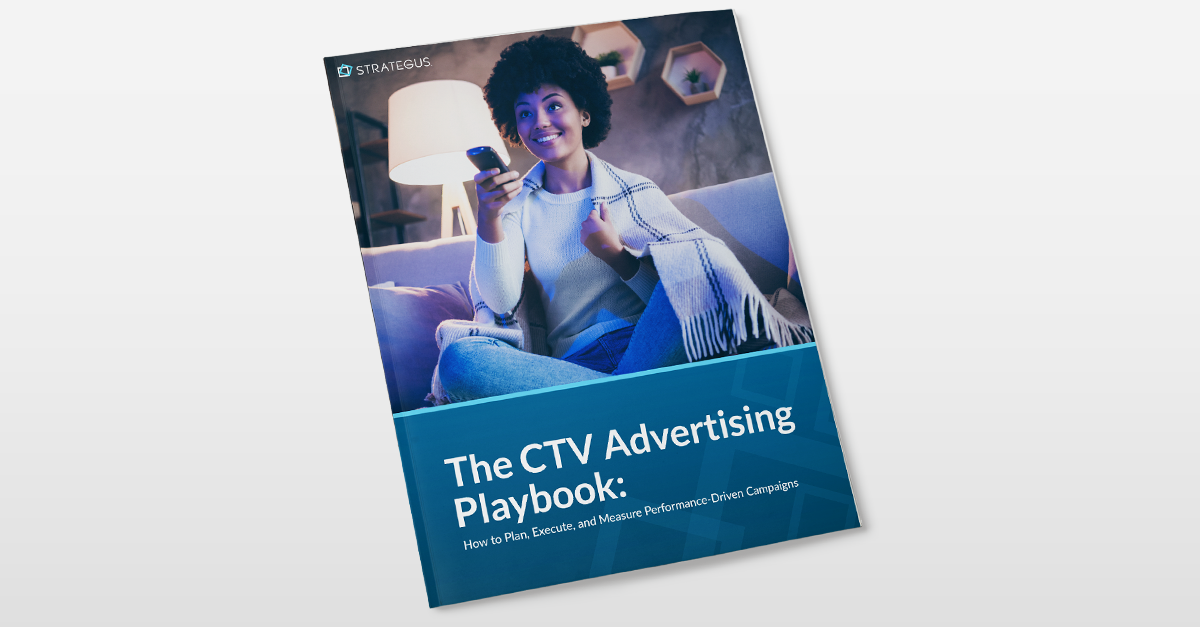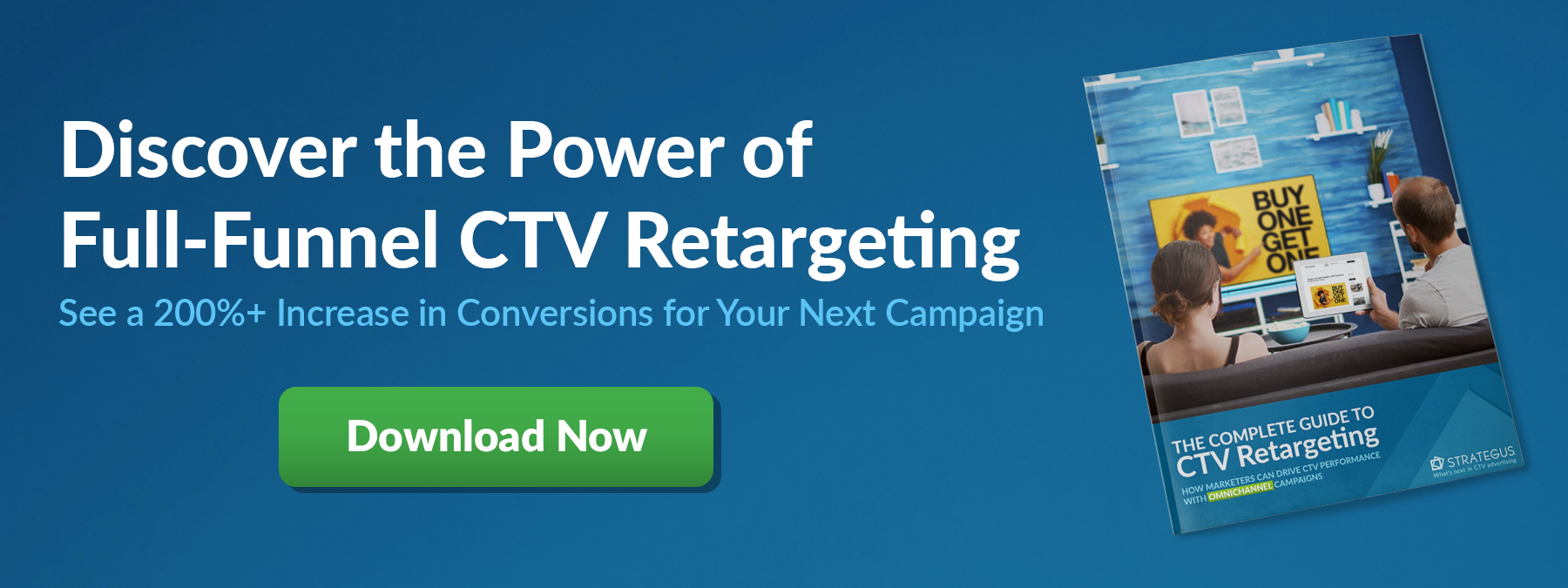- Home
- Strategus Blog
- Important Advertising KPIs and Metrics to Measure Performance in 2025
Important Advertising KPIs and Metrics to Measure Performance in 2025
 Traci Ruether
Traci Ruether
12 minutes read
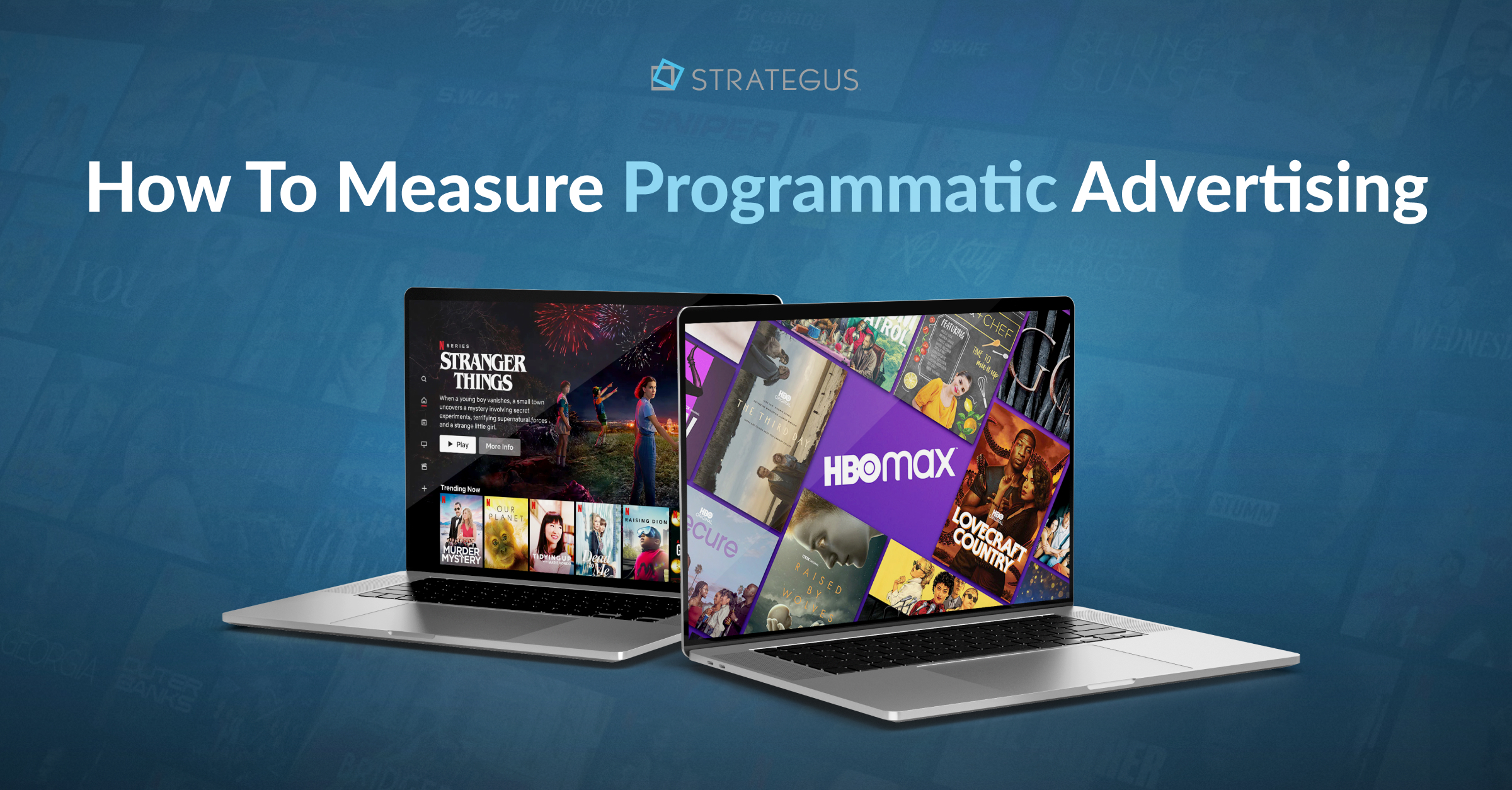
Ask ten marketers how they measure programmatic advertising success, and you'll likely get eleven different answers. This isn’t because advertisers don’t know what they're doing; it's because the programmatic landscape has exploded into something so sophisticated that even industry veterans find themselves constantly playing catch-up.
Programmatic advertising promised to simplify things with its automated buying and real-time optimization. While it has delivered incredible targeting capabilities, it's also created a whole new challenge: figuring out if all those sophisticated algorithms and lightning-fast auctions are actually delivering results.
The truth is that measuring programmatic success isn't just about tracking impressions anymore. Marketers are swimming in data from DSPs, ad exchanges, and analytics platforms, but many still struggle to connect all those metrics to actual business outcomes. If you've ever found yourself staring at a dashboard full of numbers, wondering, "But did we actually sell anything?" — you're not alone.
This article cuts through the complexity to reveal what really matters when measuring programmatic campaigns. You'll learn about metrics that deserve your attention, which ones might be misleading you, and how to build a measurement framework that speaks to both the CMO and the CFO. Here’s what you need to know.
Key Takeaways
- Programmatic advertising automates ad buying, using real-time data to deliver precise, targeted campaigns across multiple channels.
- Core metrics, including impressions, CTR, CPA, ROAS, and viewability, offer critical insights into campaign reach, engagement, and profitability.
- Ad formats like connected TV, video banners, and interstitial ads allow for diverse strategies tailored to different stages of the customer journey.
- Best practices include aligning metrics with the funnel, consolidating data across platforms, and automating tracking with APIs for real-time updates.
- Measuring programmatic campaigns ensures efficient budget allocation, improves ROI, and enables continuous optimization based on actionable insights.
- By partnering with Strategus, advertisers gain access to advanced tools and expert guidance to simplify programmatic measurement and maximize business outcomes.
What is Programmatic Advertising?
Before programmatic advertising came along, media buying involved lengthy hands-on negotiations with publishers. This worked fine in the early days of digital, but as the online landscape expanded, that approach simply couldn't keep up.
Programmatic advertising was a tech-driven evolution that completely transformed how digital ad space is bought and sold. Instead of marketing teams manually negotiating for ad placements, sophisticated algorithms now handle the entire process in milliseconds.
When someone loads a webpage or app with an ad space, a lightning-fast auction kicks off behind the scenes. The programmatic system evaluates that specific user (their demographics, browsing habits, location, and more), and then determines which advertiser's message would be most relevant. The highest bidder wins the impression, and their ad appears — all before the page even finishes loading.
What makes this approach so powerful? It's the blend of automation and intelligence. Programmatic doesn't just automate the buying process — it makes it smarter. The technology continuously learns which placements drive results and automatically shifts the budget toward what's working, making real-time optimization decisions that would be impossible for humans to execute at scale.
For marketers, this means less time bogged down in administrative tasks and more time focused on strategy and creativity. And for viewers? It means seeing ads that actually align with their interests instead of random, irrelevant promotions.
But that’s not to say that programmatic advertising doesn’t require a strategic approach. Here’s what Joel Cox, Co-Founder of Strategus, has to say.
Types of Programmatic Ads
Programmatic advertising offers a diverse toolkit of ad formats, each serving different campaign objectives. Here are some options to help you match the right format with your specific marketing goals.
Standard Display Ads
Standard display ads are the most common type of programmatic ad. They are static image-based ads that appear in designated ad spaces on websites or apps. Display ads come in various standard sizes, such as banners, skyscrapers, and rectangles. They are ideal for building brand awareness, driving traffic, and promoting specific products or offers.
Video Banner Ads
Video banner ads combine the visual impact of video with the placement flexibility of display ads. They are short, engaging video clips that play within a banner ad space. Video banner ads can be effective for capturing attention, showcasing product features, and driving higher engagement rates compared to static display ads.
Skin Ads/Takeover Ads
Skin ads, also known as takeover ads, are high-impact ad units that temporarily "take over" a significant portion of the website or app's real estate. They often appear as a full-page overlay or a background skin that wraps around the main content. Skin ads are designed to create an immersive brand experience and generate high visibility, making them suitable for major product launches or brand campaigns.
Audio Ads
Audio ads are a type of programmatic ad that is delivered through digital audio platforms such as streaming music services or podcasts. They are typically 15-30 second audio clips that play between songs or during breaks in the audio content. Audio ads allow you to reach audiences in moments when visual ads may not be effective, such as while driving or exercising.
Interstitial Ads
Interstitial ads are full-screen ads that appear between pages or during natural transition points within an app or mobile website. They are designed to capture the user's full attention for a brief moment before allowing them to continue to their intended content. Interstitial ads can be static images, videos, or interactive rich media units. They are often used for app install campaigns, lead generation, or promoting special offers.
Expandable Ads
Expandable ads are rich media ad units that start as a standard display ad but can expand to a larger size when the user interacts with them, such as hovering over or clicking on the ad. The expanded ad can contain additional images, videos, or interactive elements. Expandable ads provide an opportunity for deeper engagement and storytelling while still being less intrusive than full-page takeover ads.
Connected TV Ads
Connected TV (CTV) ads are a rapidly growing segment of programmatic advertising. CTV refers to television content that is streamed over the internet through devices such as smart TVs, gaming consoles, or streaming devices like Roku or Amazon Fire TV. CTV ads are typically video ads that play before, during, or after the streaming content. They offer the immersive experience of traditional TV advertising combined with the targeting and measurement capabilities of digital advertising.
Interactive Video Ads
There’s also a growing category of interactive video ads, which use clickable elements, dynamic overlays, and QR codes to drive immediate actions. These can be used in CTV campaigns or on online video platforms like YouTube.
Core Programmatic Advertising Metrics
Effective programmatic advertising measurement starts with the right KPIs. Here are the essential metrics that actually matter for your campaigns:
1. Impressions
Impressions measure the total number of times your ad is served to users on their devices. This metric is a key indicator of your campaign’s reach and visibility within your target audience. While impressions don’t necessarily indicate engagement, they are critical for understanding how often your ad is shown in the programmatic ecosystem.
High impression counts can signify strong inventory availability, but it’s equally important to monitor metrics like viewability and relevance to ensure that these impressions are meaningful and not wasted on unqualified audiences.
2. Clicks
Clicks represent the number of users who interact with your ad by clicking on it. This metric provides insight into the level of engagement your ad is generating within your audience. A higher click count often signals that your ad creative and messaging are resonating with viewers.
However, clicks alone don’t guarantee conversions, so pairing this metric with post-click behavior, such as bounce rate or session duration, can offer a deeper understanding of your campaign's effectiveness in driving meaningful engagement.
3. Click-Through Rate (CTR)
CTR is calculated by dividing the number of clicks by the number of impressions and multiplying by 100, giving you the percentage of viewers who clicked on your ad. This metric helps measure how compelling your ad is to your audience.
A higher CTR typically indicates that your ad creative, targeting, and call-to-action are highly relevant to the viewers. Monitoring CTR across different ad placements and audience segments allows for optimization, helping to improve underperforming areas of your campaign.
4. Cost Per Click (CPC)
CPC calculates the average amount you pay for each click on your ad. This metric is vital for controlling ad spend and ensuring you’re generating engagement efficiently. A low CPC suggests that your ads are performing well within your budget, while a high CPC could indicate inefficiencies in your targeting or competition for ad inventory.
Monitoring CPC alongside CTR and conversion metrics allows you to strike a balance between cost efficiency and effectiveness, optimizing for both quality clicks and cost control.
5. Conversions
Conversions track the number of users who complete a desired action after interacting with your ad, such as making a purchase, signing up for a newsletter, or downloading an app. This metric is a direct indicator of your campaign's success in driving outcomes.
Conversions should be closely tied to your campaign goals, and tracking them accurately requires setting up conversion tracking pixels or event-based measurement tools. Analyzing post-conversion metrics, such as customer lifetime value (CLV) or average order value (AOV), can further enhance your understanding of campaign profitability.
6. Cost Per Acquisition (CPA)
CPA measures the cost of acquiring a single conversion, calculated by dividing the total ad spend by the number of conversions. This metric is particularly useful for assessing the efficiency of performance-driven campaigns, such as lead generation or e-commerce promotions.
A low CPA indicates that your campaign is cost-effective, while a high CPA may suggest issues with audience targeting, creative, or landing page optimization. CPA benchmarks vary by industry, so it’s important to compare your performance against sector-specific standards.
7. Return on Ad Spend (ROAS)
ROAS, the equivalent of ROI for marketing, evaluates the revenue generated for every dollar spent on advertising, calculated by dividing total revenue by total ad spend. This metric provides a clear picture of your campaign's profitability, making it a cornerstone for decision-making in programmatic advertising.
A high ROAS indicates that your ads are driving significant revenue relative to their cost, while a low ROAS signals a need for optimization. Factors such as ad creative, audience segmentation, and bidding strategy can all impact ROAS, and analyzing these elements is critical for sustained campaign success.
ROAS/ROI was particularly important in our partnership with a national lawn care franchise. They had one major challenge when they teamed up with us: the lack of attribution and tracking from traditional TV advertising. To solve this, we implemented a data-driven CTV campaign that combined upper-funnel awareness with retargeted display ads to drive conversions.
Unlike their past campaigns, this approach featured advanced tracking capabilities, allowing the franchise to accurately measure performance and tie results directly to ad exposure. The outcome was powerful — $2.1 million in attributed sales in just one month and a 3000% ROI. For a business previously limited by offline tracking, Strategus delivered clarity, precision, and real, measurable growth.
8. Viewability
Viewability refers to the percentage of your ad impressions that are actually seen by users. The Media Rating Council (MRC) standard for viewability is that at least 50% of the ad must be visible on the screen for at least one second for display ads, and two seconds for video ads. Ensuring high viewability helps you maximize the impact of your ad spend and reach your target audience effectively.
9. Ad Fraud Rate
Ad fraud occurs when your ads are clicked or viewed by bots or other non-human traffic, artificially inflating your metrics and wasting your ad budget. Monitoring your ad fraud rate helps you identify and prevent fraudulent activity, ensuring that your programmatic spend is reaching real, valuable users.
This is one way that brands and agencies benefit from the hands-on approach of a managed service programmatic advertising provider. Working with industry experts provides the experience, fraud detection tools, and hands-on keyboard policing required to curb ad fraud.
10. Frequency
Frequency is the average number of times a unique user is exposed to your ads within a given time period. Monitoring frequency helps you strike a balance between maintaining ad visibility and avoiding oversaturation, which can lead to ad fatigue and decreased engagement. Set frequency caps in your programmatic platform to control the maximum number of times a user sees your ads.
Smarter Tracking with Strategus
Measuring programmatic advertising performance is only as good as the tools behind it. While core metrics like impressions, click-through rate, and ROAS provide valuable insights, the ability to interpret and act on those insights quickly is what sets successful campaigns apart. That’s exactly what Strategus delivers.
Strategus is a hands-on, fully managed programmatic advertising partner specializing in connected TV (CTV), cross-device retargeting, omnichannel campaigns, and advanced audience targeting. We help brands of all sizes launch and scale campaigns that don’t just run — they convert.
One of the key advantages of working with Strategus is our real-time reporting dashboard, which is designed to simplify the complexity of campaign tracking. Rather than combing through fragmented data across platforms, advertisers get a centralized, intuitive interface that displays performance metrics in a clear, actionable format. From impressions and click-through rates to geographic performance, conversions, and attribution insights, everything you need is right at your fingertips.
But we don’t stop at just showing you the numbers — we help you make sense of them. Our team of programmatic experts partners with you to interpret the data, uncover optimization opportunities, and make informed decisions that improve outcomes throughout the campaign lifecycle.
With Strategus, you’re not left guessing what’s working. You gain a transparent, performance-driven system that gives you greater control, clarity, and confidence in your advertising strategy.
Speak to a Strategus expert today to learn more about how we can help manage your CTV campaigns.
Programmatic Advertising Measurement Best Practices
Let's face it — measuring programmatic success isn't just about collecting data. It's about collecting the right data and knowing what to do with it. Here's how to build a measurement framework that delivers real insights.
Match Your Metrics to the Customer Journey
Your metrics should tell a story that follows your customer from first impression to final purchase. Upper-funnel awareness? Track impressions and reach. Middle-funnel consideration? Look at clicks and engagement. Bottom-funnel conversion? Focus on sales and revenue numbers.
This isn't just measurement for measurement's sake, it's about understanding which programmatic tactics work at each stage so you can optimize accordingly.
Layer Your Tracking Methods
Don't put all your eggs in one tracking basket. Smart programmatic advertisers use multiple methods:
- URL parameters (like UTMs) to identify traffic sources
- Impression pixels to measure who actually saw your ads
- Conversion tracking to connect ad exposure to business results
Using these methods together gives you the full picture of your campaign performance — not just fragments.
Break Down Platform Silos
Your programmatic campaigns likely run across multiple platforms, such as demand-side platforms (DSPs), ad exchanges, and data management platforms (DMPs), each with its own reporting. The problem? They don't talk to each other naturally.
Pull your data into one central location — whether that's a dashboard, data warehouse, or analytics platform. This unified view reveals patterns and insights that individual platform reports simply can't show.
Build Reports That Actually Matter
Generic reports rarely deliver actionable insights. Create custom reports focused on your specific goals and KPIs.
What's your true cost per acquisition? How does programmatic ROAS compare to other channels? These tailored views help you spot optimization opportunities and make the case for programmatic with stakeholders who care about results, not impressions.
Automate the Mundane, Focus on the Meaningful
Manual data collection is the enemy of good analysis. Use APIs to automatically pull data from your programmatic platforms into your reporting tools.
This isn't just about saving time (though it does) — it's about eliminating human error and enabling near real-time optimization. When your data flows automatically, your team can focus on strategy instead of spreadsheets.
Closing Thoughts — Is Measuring Programmatic Advertising Data Really Necessary?
The answer is a definite yes. Measuring programmatic advertising data isn’t just necessary — it’s critical for ensuring the success and profitability of your campaigns. Without measurement, businesses are left in the dark about their ad performance, audience engagement, and return on investment. Tracking key metrics like impressions, CTR, CPA, and ROAS empowers decision-makers to understand what’s working, identify areas for improvement, and allocate budgets more effectively. In a competitive digital advertising landscape, data-driven insights aren’t optional — they’re the foundation for driving meaningful outcomes.
However, managing and measuring programmatic campaigns can be complex and time-consuming. At Strategus, we simplify programmatic advertising measurement with cutting-edge tools and expert-managed services that take the guesswork out of your campaigns. From our attribution suite, which tracks the entire customer journey, to our detailed reporting dashboard, which offers real-time insights, we provide the clarity and precision you need to maximize ROI. Our programmatic CTV capabilities ensure your ads are optimized across every channel, while our cross-device retargeting boosts conversions by seamlessly engaging audiences on all their devices.
Speak to a Strategus expert today to learn how we can elevate your programmatic campaigns to the next level.

Traci Ruether is a content marketing consultant specializing in video tech. With over a decade of experience leading content strategy, she takes a metrics-driven approach to storytelling that drives traffic to her clients' websites. Follow her on LinkedIn at linkedin.com/in/traci-ruether or learn more at traciruether.com.
Strategus is a managed services connected TV(CTV) advertising agency with over 60,000+ campaigns delivered. Find out how our experts can extend your team and drive the result that matter most.
Talk to an Expert
Seeking a Custom CTV Strategy That Delivers?
What to read next
App Event Tracking: Tie Mobile App Activity to CTV Campaigns
Let’s say you’re running a CTV campaign for a personal finance app.
5 minutes read

Stop Guessing Who Your Audience Is — Let Their Apps Tell You
Connected TV (CTV) targeting often falls in one of two camps.
8 minutes read
See Who Bought After Your Ad + How Much They Spent
You can’t improve what you can’t measure. And for years, that’s been a major problem with TV advertising.
4 minutes read
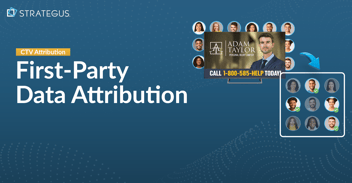
First-Party Attribution: Match Ads to Sales With CRM Data
The value of first-party data continues to grow.
7 minutes read

